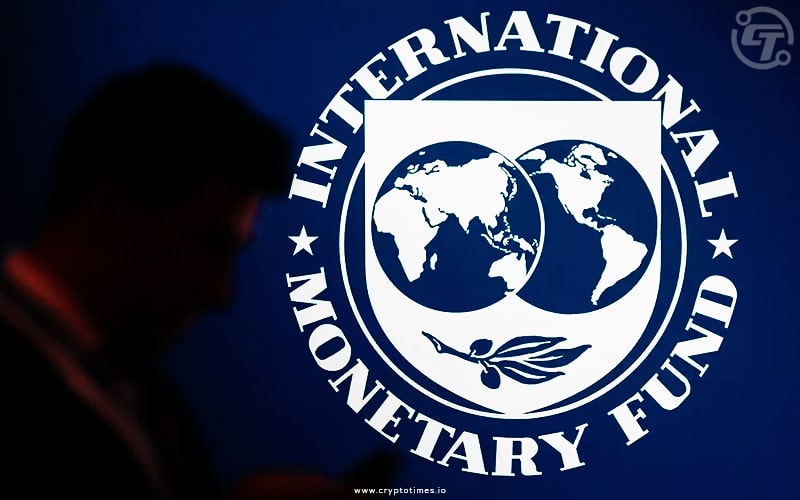The International Monetary Fund (IMF) recently released a working paper titled “Assessing Macrofinancial Risks from Crypto Assets.”
In this paper, the authors, Burcu Hacibedel and Hector Perez-Saiz, have put forward a framework called the Crypto-Risk Assessment Matrix (C-RAM). This matrix is designed to help countries identify potential risks in the cryptocurrency sector and understand how regulators can respond to these risks.
The C-RAM consists of three main steps. First, it uses a decision tree to assess how critical cryptocurrencies are to the overall macro-economy.
The second step involves looking at indicators similar to those used in monitoring traditional financial markets.
The last step covers the global macro-financial risks related to cryptocurrencies and how they might affect countries’ systemic risk assessments.
The International Monetary Fund (IMF) has consistently discouraged El Salvador from making Bitcoin a legal tender. In January 2022, the IMF strongly urged El Salvador to reconsider its decision to accept Bitcoin as a legitimate currency.
According to the IMF, using Bitcoin as a legal tender comes with significant dangers in terms of the stability of the country’s financial system, the reliability of financial transactions, and safeguarding the interests of consumers.
As the cryptocurrency sector continues to evolve rapidly, regulators are working to catch up and establish responses to potential risks in this emerging and evolving space. On September 7, the IMF and the Financial Stability Board (FSB) collaborated to produce a joint paper on crypto risks in response to a request from the Indian G20 presidency.
Also Read: IMF’s Gita Gopinath Decodes G20 Crypto Asset Regulation







